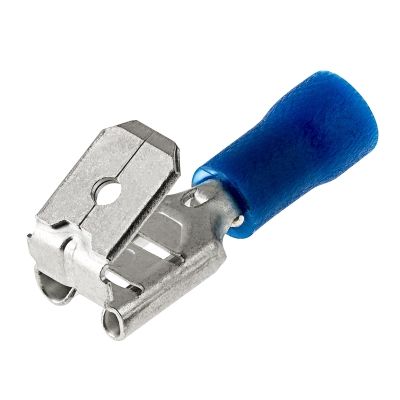Oh ****. You have been warned. Below is the stuff from
the sleeping zone.
Most electrical devices are voltage based; send the device 12 -15 volts DC and the device will let the current fall wherever it will. Some items like relays need some minimum 'pull-in' voltage to energize the coil enough to close the contacts; a 12 VDC relay will need 7-9 volts at a minimum to 'pull-in' and close the contacts.
LEDs are current devices with 'do not exceed' current limits. Someplace between the 12 volt power source and the LED there needs to be a current limiting device or a current source power supply. With LEDs you fix the current at some specific amount and let the forward voltage of the diode fall where ever it wants. Regular LEDs tend to have 1.2 to 1.8 forward voltage and some of the blinder LEDs may have as much as 4.2 to 4.8 volts.
When you buy LED lights to add on to your bike the current limit is almost always built into the device, you simply connect it to 12 volts. When you buy driving lights or other high power lights they almost all will have a power supply to drive the lights, you put 12 volts to the power supply and the supply will feed the LEDs the current they need.
When you have a whole system like the FJR, Yamaha may build the LED current control into the ECU so the voltage on the harness wires going to the LED lights could be 2 to 4 volts. Yamaha could put the current limit in the LED lights, in which case there will be 12 volts going through the wiring harness to the lights.
I need to see a schematic to see what way Yamaha has gone with the '16 LED lighting. In my '15ES the LED lights have the current limit inside the lighting device and the device is simply fed 12 volts from the normal charging system voltage. With my '15ES I could tap the LED power wires to be used as an ignition switched trigger wire.
A typical LED circuit looks like this:
The band end (cathode) of the diode normally goes to ground. The voltage going into the diode (anode) is at the triangle end. The 330 ohm resistor limits the current into the diode. In this case the diode will be limited to 0.018 amps (18 milliamps). The resistor will allow a voltage drop between the battery and the anode of the diode such that one end of the resistor will be 6 volts and the other end of the resistor going to the LED will be 1.2 to 1.8 volts depending on the type of LED being powered.
In my ES the resistor is part of the LED assembly.
==================================================================
Where I currently work one of the things we build are LASER power supplies, some power supplies only put out 6 to 9 volts but they supply hundreds to thousands of amps with great precision. There are very few milliamps difference between a $2,000 high power laser diode and a $2,000 piece of burnt carbon
and when things go wrong the customers get pissy about it for some reason.
































































